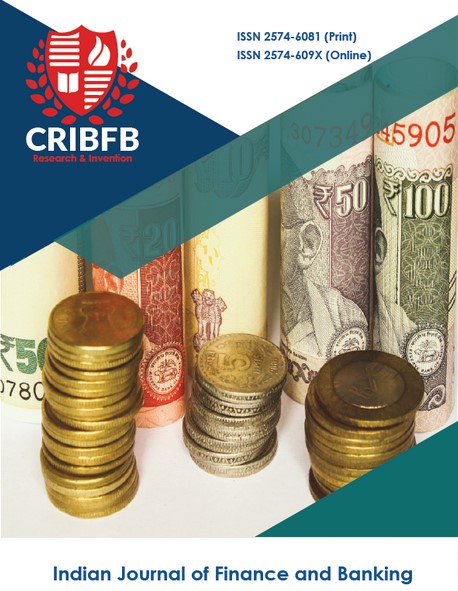Articles Review on Forward and Reverse Supply Chain/ Closed Loop Supply Chain Practices
Main Article Content
Abstract
Despite the increasing popularity of research in supply chain management significant number of research focused on forward supply chain management by neglecting one of the most important part of supply chain that is reverse supply chain management, which complete supply chain management as closed loop. Large numbers of prior research consider only one variable at a time to see performance of forward or reverse supply chain on organizational performance. However, supply chain performance is the function of different combination of variables. Therefore, this paper review the effects of transportation, inventory management, facility location and information sharing in closed loop supply chain practices on organization performance.




